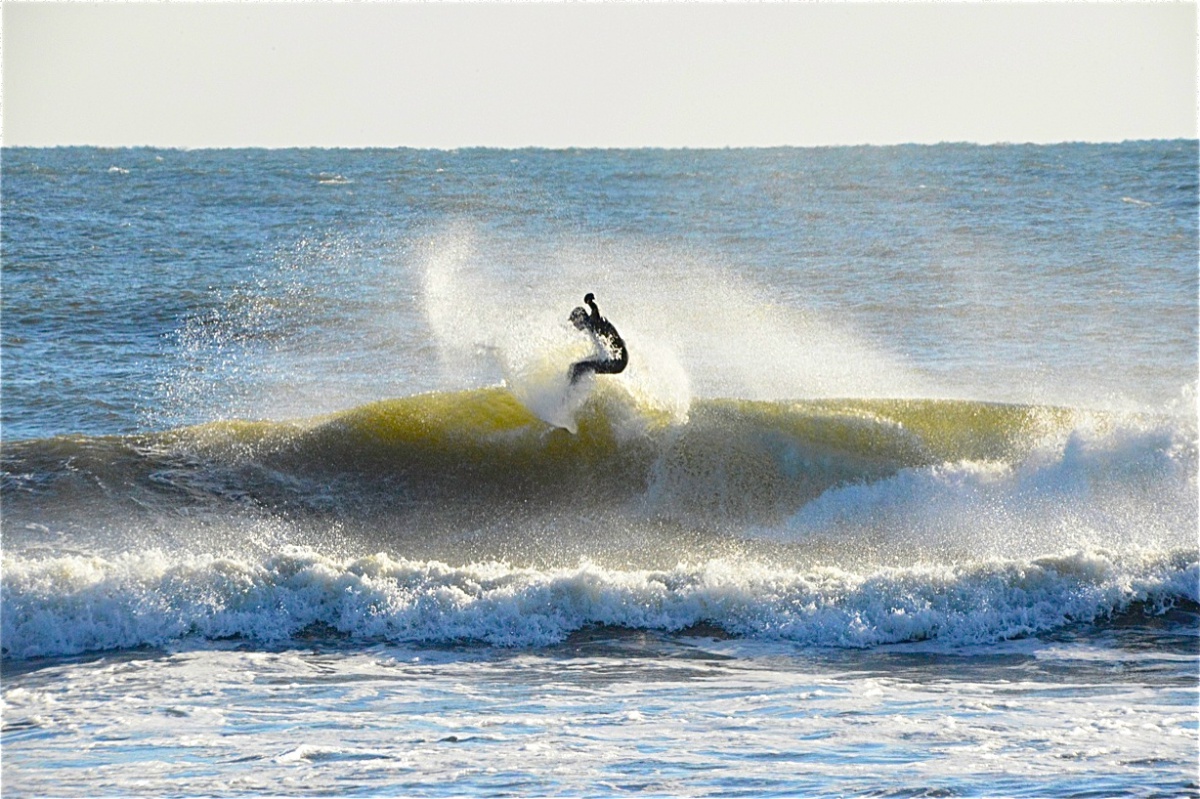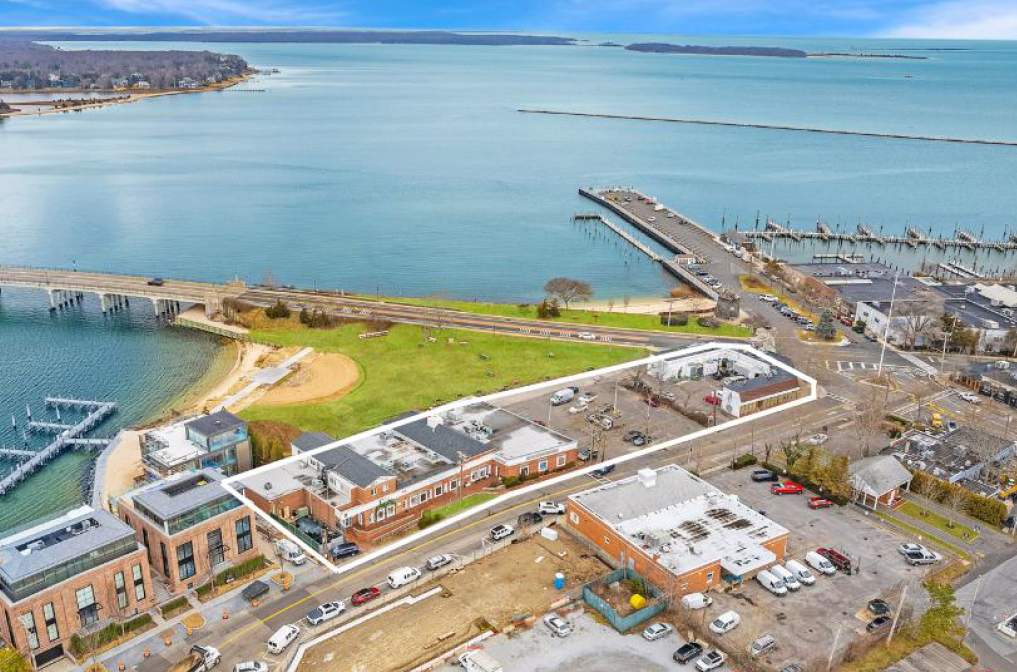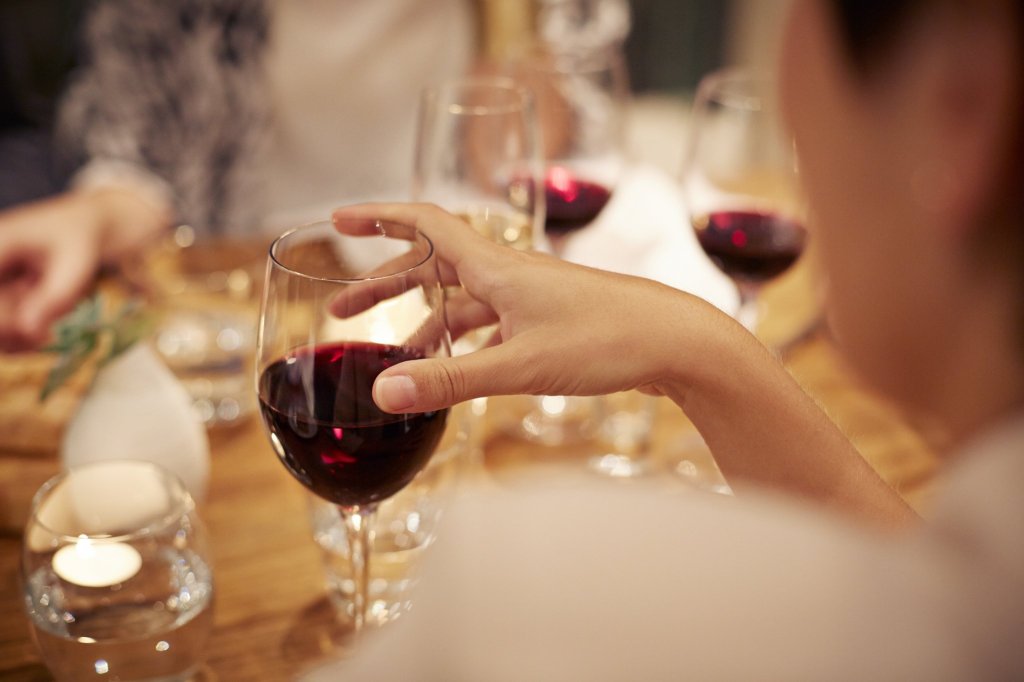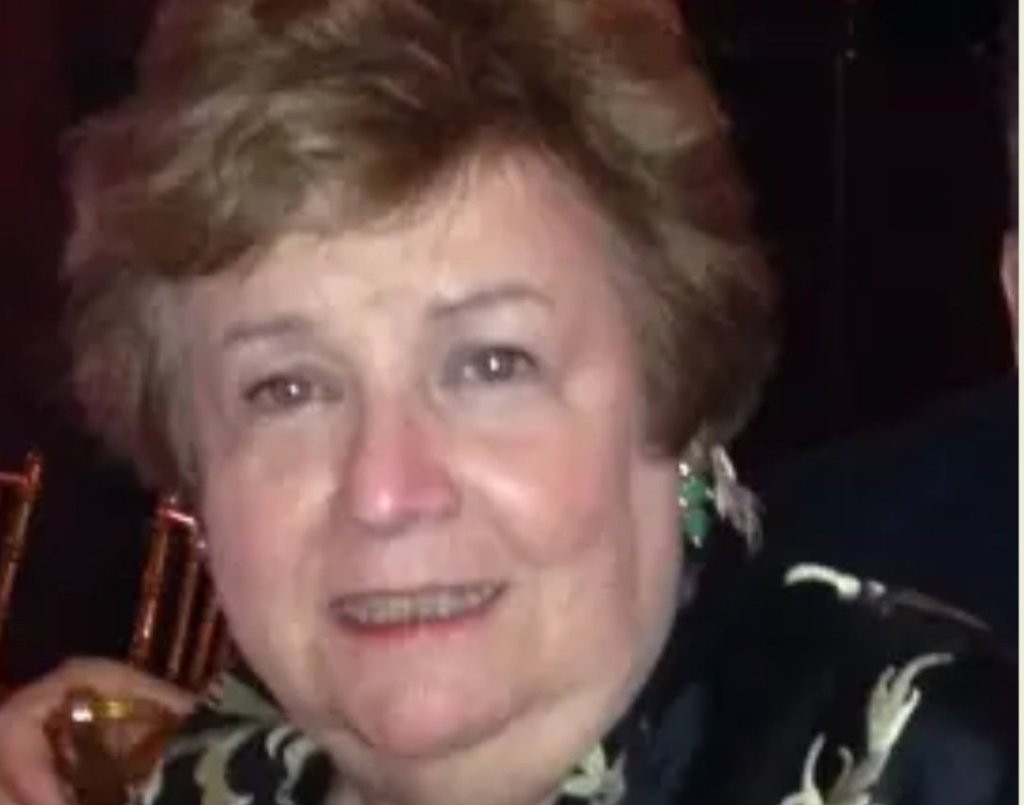Sharks: Surfing for Meaning on the East End

While surfing, I like to remind myself that people attacked by sharks are too surprised to feel any pain. This might not even be true. But it is good to hear, especially when no one else is in the water. Mako sharks, tiger sharks, hammerheads, blue sharks and thresher sharks swim off Montauk. There have been five shark attacks in New York in the past 342 years, which seems pretty good, as these things go. Still, I remind myself that you’re supposed to punch a shark in the nose if attacked. This advice seems ignorant of key aspects of the scenario; namely, that it is a shark.
My favorite part about surfing is the fear. It satisfies some deep, primal need to be in peril, near the edge of a vast and terrific danger. The fear brings all of my surroundings into bright focus, and they’re gorgeous—the yellow daytime moon, the blue water, the green hills. I kick my legs through the water, and I think about the sharks, and I’m happy.
The East End is a moody place. One evening at Ditch Plains, the water was balmy, the sky pink with sunset, and I pretended I was in Hawaii as people went by slouch-stomached on longboards. The next morning, hard rain splattered the water and I bobbed up and down on my board in the gray chop.
I like watching men drive up and stand at the edge of the parking lot with their arms crossed, shaking their heads in disgust at the flat water. I like getting yelled at when I get in the way. I like hearing someone shout a warning, or call a wave. I like that everyone is a little bit batshit, and of course they are. They know how good it is.
A friend of mine from Texas taught me a drinking game called Shoot and Slap. You take a shot of whiskey, and then your friend slaps you across the face. Then he takes a shot, and you slap him. Oddly, this works—being slapped just enough to sting is a really good chaser. Earlier this month, I realized that surfing is exactly like playing Shoot and Slap with the ocean.
I have a gash on my right big toe, scrapes on my feet, and purple bruises on my knees and hipbones that will remain until the end of summer. The seafloor at Ditch Plains is carpeted in rocks. There is also The Rock, a boulder set off from shore that I never see until I’m seconds away from snapping my fin on it.
My mom says, “I don’t understand how you don’t get hurt every time.”
“I get hurt every time.”
But then there is the whiskey part of surfing—the long, slow rides, the swell coming down behind you, the few seconds when your mind is wiped clean.
I watch people out here, and I learn how to manage pain. A few weeks ago, a guy offered to switch boards with me. This happens every single season. It’s framed as an equal trade, though my board is cheap and theirs are always gorgeous, hand carved longboards, and they only do it out of kindness. After a few waves, he paddled over. “You have sand rubbed into the wax on your board,” he said, laughing, and pointed at his knee, which was bleeding profusely. He refused to take back his own board, which was covered with soft curls of wax that smelled of coconut. He figured out how to stand on my board without removing a layer of skin from his legs, and we kept surfing.
On my way home, I saw a town bus driver pull over at the lookout point, take a photo of the sunset, and then drive on.
Another night, I watched a man eating outside at La Fondita. It’s dark at the picnic tables after sunset, but the man had a solution. He wore a small headlamp, the kind used for camping, to disassemble his burrito.
All these things are important. I’m not sure what they add up to exactly, but it’s something about working in tandem with your environment, taking your knocks, taking its gifts.
My boyfriend came to visit me in Amagansett in July. One night we built a fire, a neat pyramid of logs that burned with thin sheets of orange flame. The sand and water were black. Late at night, headlights appeared a mile or so down the beach, lighting up a run of foaming, grainy waves the color of newsprint.
We lay on our sides facing the ocean and he fell asleep. I stayed awake, watching the moonrise above the cloud-cover, moon rampant, so a river of light appeared on the water. Earlier, we’d talked about how happy we were. “It’s the exact opposite of a trauma,” he said, “something so good it could ruin you forever.”
That’s another strange worry about being here—you don’t want to let it be as good as it is. You worry about what could change between this summer and next, that you won’t be able to find your way back.
Last summer, my parents separated after 30 years together. My brother is in a psychiatric hospital on Staten Island, where he will remain for at least a few months. The pain attached to these two things is indescribable. It is deep; it goes down for fathoms and fathoms.
When I’m surfing, the pain drops away like a net. My entire body is keyed to the ocean, to diving deep enough under oncoming waves that I will avoid being pummeled, to scanning the middle distance for good sets, to balancing, to staying up for as long as I can.
And it drops away on the shore too sometimes, especially at twilight. Then, the ocean is calm and violet, nearly as pale as the sand, and I think of all the people who have lived here in the three centuries since Amagansett was settled, and before that. I think of them coming down to the shore, and watching the ocean, and wondering at its size and depth and contents. I imagine they felt demented with happiness at being so close to it.
On the night he arrived, my boyfriend and I stood on the beach at Napeague and watched a thunderstorm move east. Lightning burst down to the water, and we stayed until the storm was almost on top of us. Part of me thought it would be a good way to go. We joked about returning to the beach in tinfoil suits.
The logic was backwards, though. I didn’t want us to die, I wanted us to become immortal, or some variant thereof. I wanted a white flash of lightning to reverberate around us, after which we would be able to move around independent of time. Live for years in what would normally have passed in a minute. Spend six months on a surfboard riding one wave, the whitewash rolling underneath, the sky streaked pink, and a month driving home through the cratered dunes. Spend five days at dinner at Bostwick’s, and three weeks on one gin and tonic at Indian Wells; two months bicycling under the pines on Old Stone Highway and a week drifting on the raft moored off Albert’s Landing.
And spend at least, at least, four years on the beach with a fire burning to our left and the ocean in front of us. That night, I listened to the dry wood crackling and the waves breaking and thought, as long as I stay here I’m safe. I’m still there.
The same way that in my landlocked house in the middle of the country, in the dead of winter, I fall asleep and I dream, all the time, about surfing. These dreams don’t make surfing seem better or worse. It’s just how it is. The whitewash runs below the board, the dark shadows of rocks pass underneath, the ocean glows green, and somewhere in the distance the sharks nose through the water.



